Learning how to deal with art critique is a normal part of being an artist. But let’s be honest, it’s painful to receive feedback, and many art students find themselves avoiding it.
We understand why. You’re putting yourself out there, and receiving unnecessarily harsh criticism feels horrible.
Here at Evolve Artist, providing feedback on our student’s work is a huge part of what makes our Program effective. So we’re sharing everything we know in our series about Constructive Art Criticism (Other posts in the series are HERE and HERE).
Are you receiving the same feedback over and over again? It might be time to rethink how you’re applying the feedback you’re receiving.
Today’s post is full of practical tips on how to get the most out of feedback, an important part of learning how to deal with art critique.
Progress doesn’t have to be immediate, but it should be consistent. Here are 8 things you can do to apply the feedback you receive effectively.
Progress doesn’t have to be immediate, but it should be consistent.
1. When learning how to deal with art critique, first read the feedback
We hate to state the obvious, but you wouldn’t believe how common it is for students to avoid reading feedback thoroughly. We’ve been there.
Sometimes we’re in a rush and we assume we know what it says, so we speed-read the feedback.
Sometimes we don’t want to read it, so we don’t read it carefully. We read it through our fingers like we’re watching a horror movie (If this is you, we recommend you read our mindset tips post from this series).
If you find yourself trying to speed through this first and very necessary step, stop. Slow down. Re-read the feedback until you’ve taken it in properly.
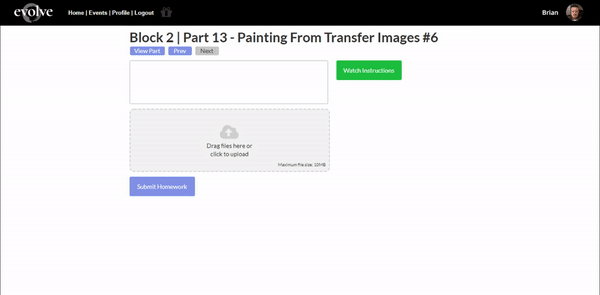
If you’re receiving written feedback, don’t avoid it. Read it (Evolve's homework tool).
2. Track your feedback to find patterns
Recording the feedback you receive means you can look at the bigger picture and see any connections.
Organize it by theme or skill and notice any common issues across the feedback. Is one area coming up more frequently? Is the same skill producing the same result across different areas of work?
This is a classic work smarter not harder strategy, and can really help make it easier when learning how to deal with art critique.
Seeing these connections might mean you could improve in more than one skill by focusing on a particular theme, or maybe you’ll realize the issue is something else.
For example, if lighting is consistently an issue, check the setup in your still-life box or studio. Rather than skill, maybe it’s an environmental issue impacting your work.
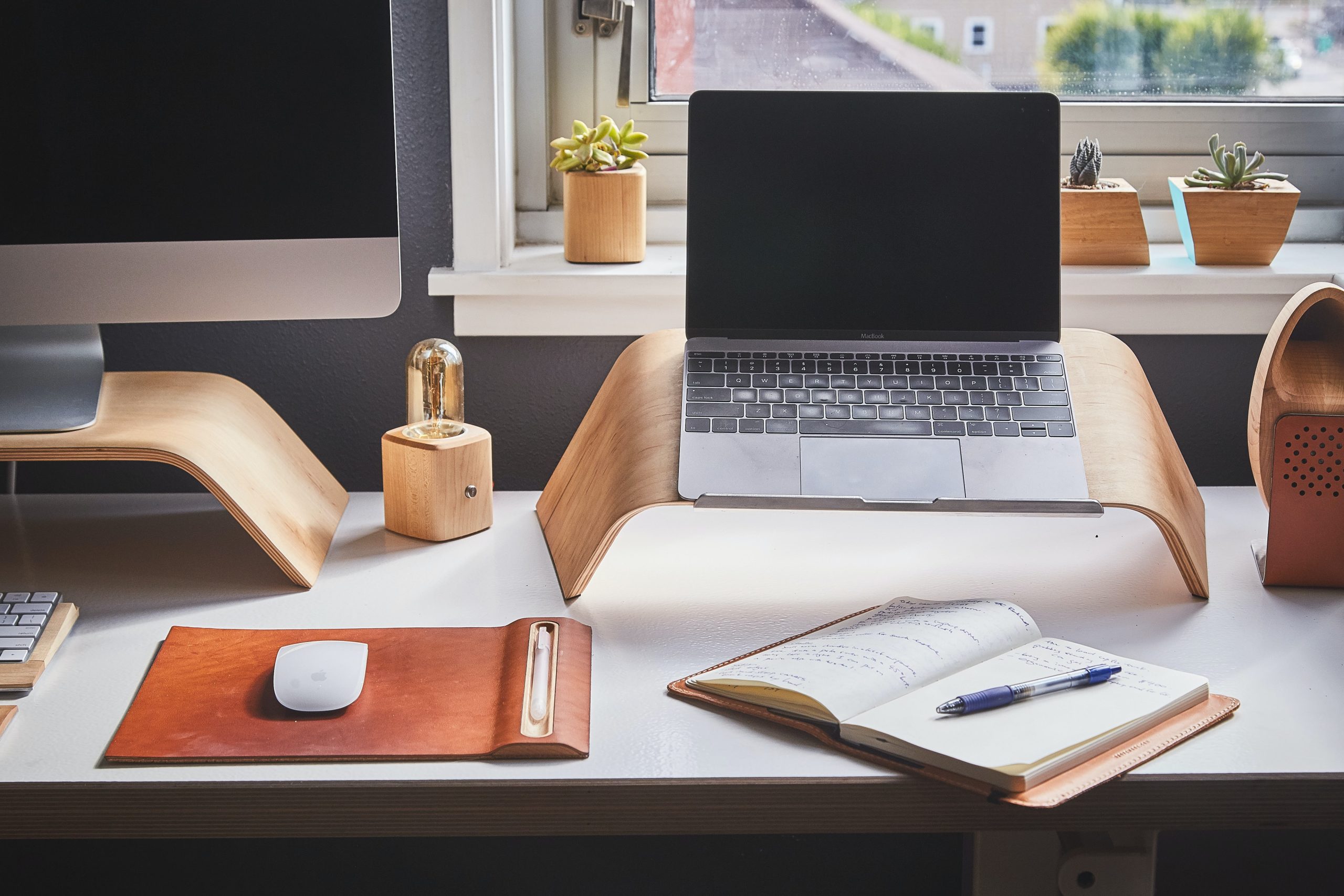
Keeping a record of your feedback on a spreadsheet or a notebook can help you work smarter, not harder. Photo by Ken Tomita.
3. Apply your feedback strategically
Don’t try to do too much at once. Apply feedback one by one, starting with the area that might make the most difference to your abilities as a whole.
For example, if you’re struggling with gradients, edges, and paint density, tackle paint density first. Paint density impacts edges and gradients. That means improvement here will naturally see improvement in edges and gradients, making feedback in those areas easier to take on.

When learning how to deal with art critique, apply feedback strategically - like working on paint density before starting on edges and gradients.
4. Proactively address feedback and self-assess as you paint before sending it off for feedback
Do you find yourself in a familiar place of hoping for the best when sending your work out for feedback or assessment? It’s better to be more intentional and proactive in managing feedback.
If you know you’re struggling with your gradients or paint density, really consider how you’ll address this before you start the whole painting.
Be preventative. Make a plan for how you’ll approach your painting to address the feedback.
In Evolve, most blocks come with a checklist to help you do this, but this is something you can do on your own based on whatever materials you are working with.

This is an example of the types of checklists Evolve students receive when completing homework.
5. Ask your community what's worked for them
Sometimes there is only how far you can go by just testing and trying again on your own. When making a plan to address an area of feedback, ask for advice from your study group or an online community if you’re a part of one.
What’s worked for them? Maybe they’ll have an approach or trick with tools that will help you see this challenge differently.
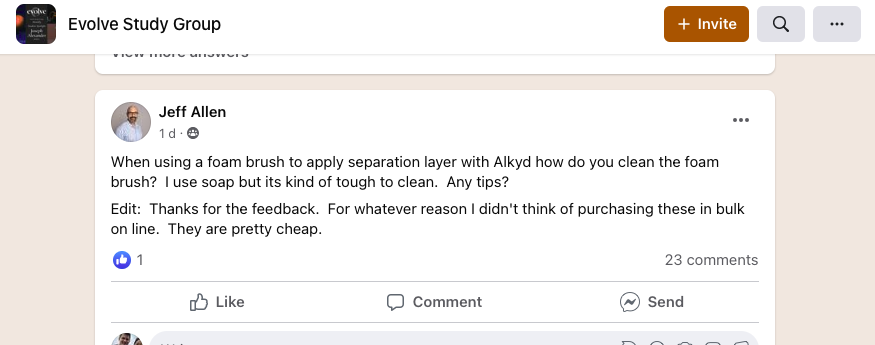
Facebook groups, like the Evolve Study Group, are an excellent source of tips on how to deal with art criticism - or just a great place to get advice on practical things like cleaning your brushes.
6. Go back to the source
How are you learning? Whether it's in person or online, go back to the original lesson. Re-watch it or review your notes. Sometimes the best way to move forward is to go back.
Remind yourself of the basics. It’s easy to miss something and maybe you’ll pick up a new gem.
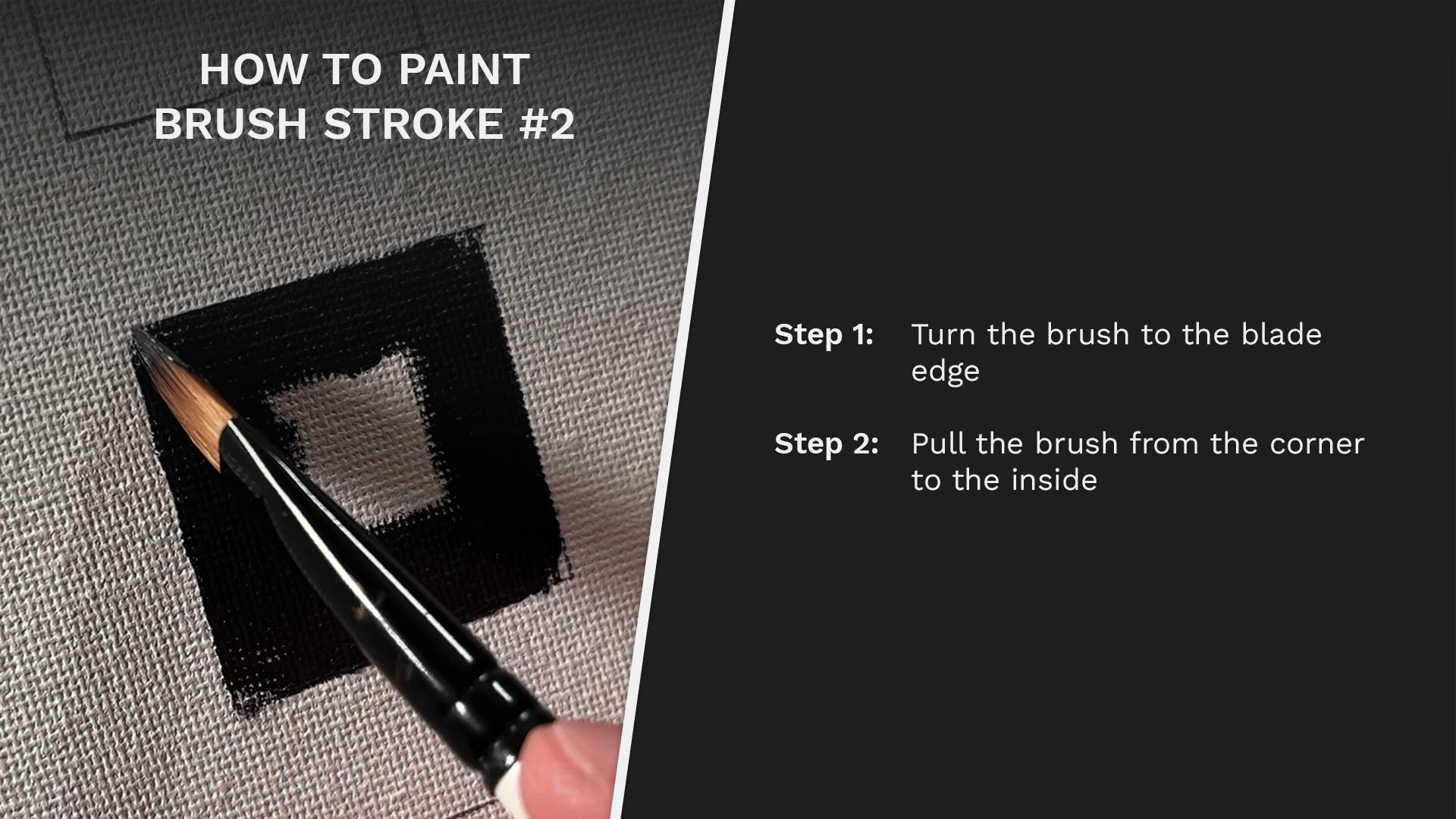
You can return to the original lesson materials to remind yourself of the basics, like brush strokes.
7. If you can get 1-1 time, book it
At Evolve, our instructors are available for 1-1 meetings with students. This back-and-forth can help both instructors and students understand the situation better. The instructor can ask questions to unlock why you might be struggling in a specific area. And the student can ask questions more organically too.
If you’re in a school or course environment and this option is available to you, take it! It’s a valuable opportunity to understand the skills you’re building more deeply and get help directly.
8. Devote time to improvement
In the end, you need to put in the time and effort to see improvement. When figuring out how to deal with art critique, the tips in this article aim to help you use less time and effort than necessary. But it’s still time and effort, and it can feel painstaking.
Be sure to schedule in time to focus on the skills you are looking to build. Try reducing distractions and working on just a specific aspect of your work for a couple of weeks. Sometimes that concentrated focus is what you need to catch a break.
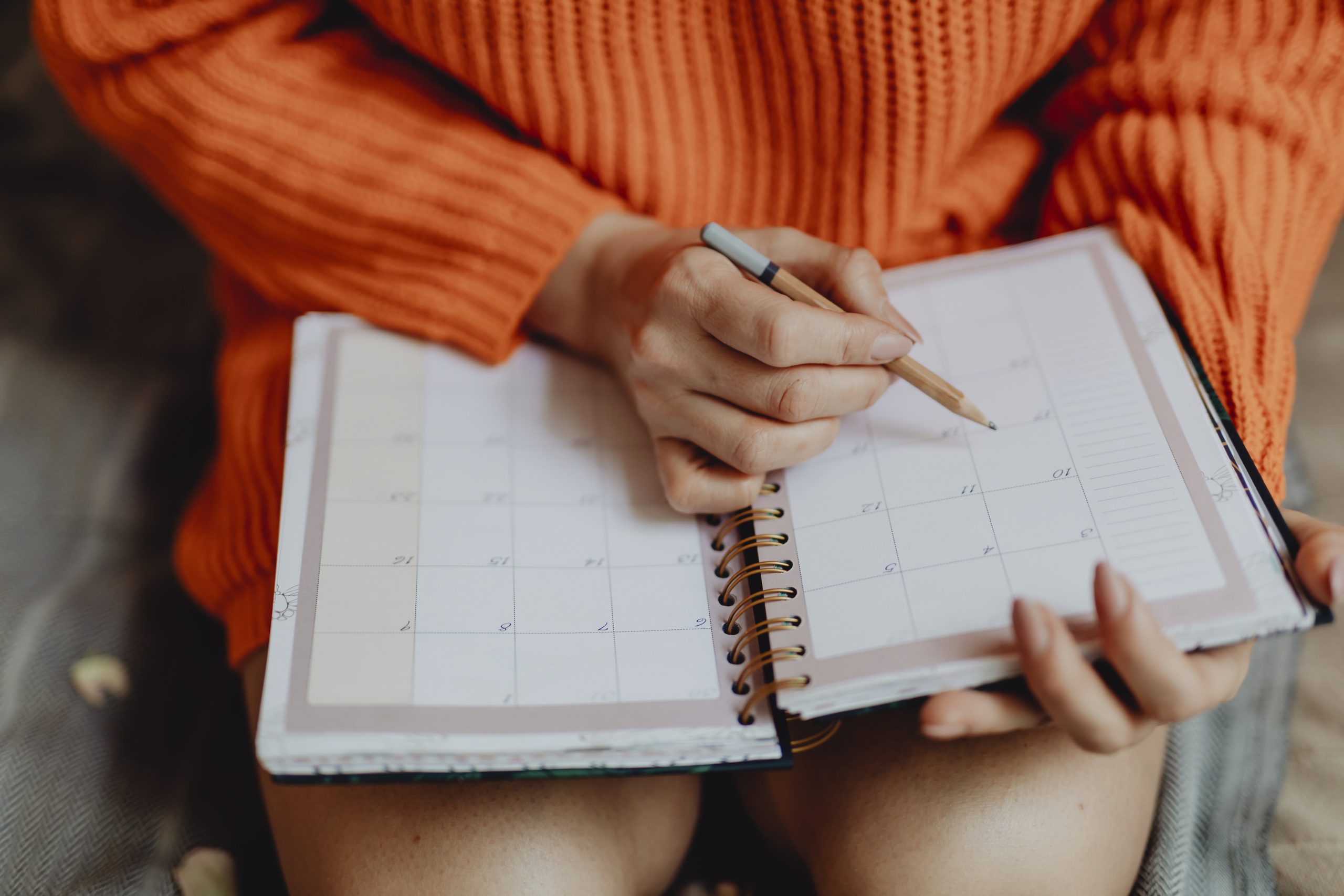
Block out time in your schedule to focus on the skills you’re aiming to improve (Image by rawpixel.com on Freepik).
Bringing it all together
Approaching feedback in an intentional, organized, and focused way, and calling on your community for guidance, can help reduce the likelihood that you'll struggle with the same feedback over and over again.
We hope these 8 practical tips can help you find your way out of the feedback loop.
At Evolve, we know how vital clear feedback is for students. Our instructors have office hours and 1-1 time slots available for students to dig deeper into the skills they want to build. Our online community is a gold mine of experience. If this sounds like what you need, check out some REAL student success stories HERE.
You can also check out our FREE 60 min Masterclass “The Amateur Artist’s Guide to Professional Level Art Skills” - CLICK HERE.
Want to learn more about how to deal with art critique? Here are the other posts in our Constructive Art Criticism series:
- 4 signs that feedback is worth listening to (and what to ignore)
- How to take art criticism – 6 tips to build a growth mindset
Happy painting!
